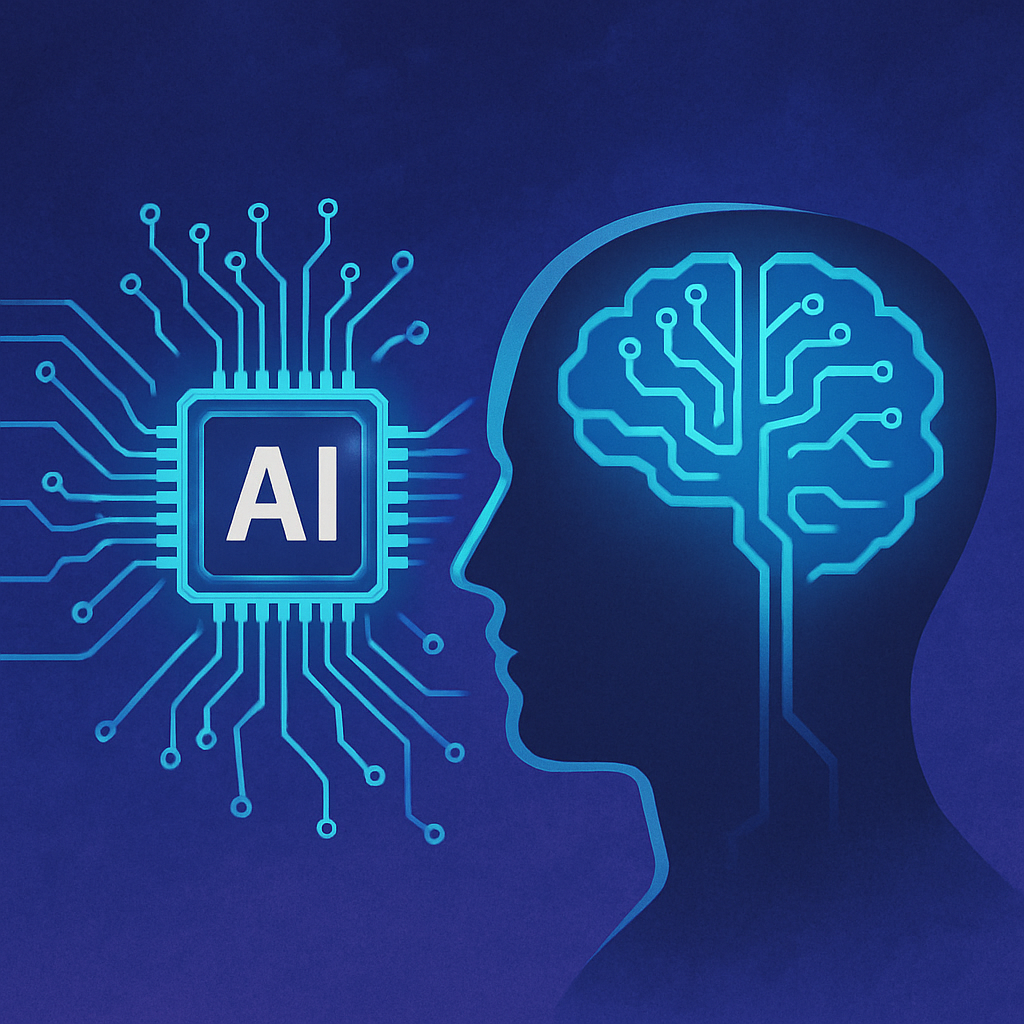In an era marked by unprecedented data generation, the demand for instantaneous processing has skyrocketed. Cloud computing, once hailed as the panacea for data storage and computation, now faces significant bottlenecks—especially in applications demanding real-time responsiveness. This is where Edge AI steps in: the fusion of Edge Computing with Artificial Intelligence (AI) to enable data analysis directly at the source. Edge AI enables smart, autonomous decisions without the latency and dependence of cloud processing.
From autonomous vehicles making split-second decisions to smart manufacturing systems adjusting processes on the fly, Edge AI is reshaping our digital world by pushing computation and intelligence closer to the devices where data is generated.
Why Edge AI Matters: Revolutionizing Modern Tech
Edge AI’s impact is far-reaching across industries. Here’s why it’s becoming indispensable:
- Low Latency for Critical Applications Real-time responsiveness is essential in sectors like healthcare, transportation, and Défense. For instance, autonomous cars cannot afford to wait for a round trip to the cloud to decide whether to stop or swerve. Edge AI ensures on-device inference and decision-making, slashing latency to milliseconds.
- Enhanced Data Privacy and Security With data processed locally, personal and sensitive information (e.g., biometric data, health records) doesn’t need to leave the device, significantly reducing exposure to breaches. This aligns with stringent global data privacy regulations such as GDPR and HIPAA.
- Bandwidth and Infrastructure Optimization Instead of transmitting terabytes of raw data to central servers, Edge AI filters and processes data at the source, only forwarding essential insights. This reduces strain on bandwidth and ensures operational continuity even in low-connectivity areas.
- Energy Efficiency and Sustainability Edge AI contributes to greener technology. By offloading processing to the device level and minimizing reliance on energy-intensive data centres, it paves the way for more sustainable computing ecosystems.Real-World Applications of Edge AI
Edge AI’s true strength lies in its versatility across domains. Here’s how it’s making a difference:
- Smart Cities Smart traffic lights adjust in real-time based on congestion data. Surveillance systems detect suspicious behavior without sending video to cloud servers. Trash bins notify waste collection systems when full. These innovations reduce costs and enhance safety.
- Healthcare and Medical Devices Wearable ECG monitors and glucose meters equipped with AI provide early warnings for health anomalies. Portable X-ray and ultrasound machines powered by Edge AI help doctors in rural areas deliver diagnostics instantly, even without internet connectivity.
- Retail and Customer Analytics In physical stores, Edge AI tracks customer movement patterns, optimizes shelf stocking, and enables contactless checkout—all in real time. This improves the customer experience and boosts operational efficiency.
- Agriculture and Environment Monitoring Edge-enabled drones and soil sensors detect pest activity, assess crop health, and recommend watering cycles. By minimizing pesticide and water usage, farmers not only save costs but also help the environment.
- Industrial Automation In manufacturing, Edge AI monitors machine vibrations and temperature to predict failures before they happen. This leads to increased uptime and improved safety.
- Technical Innovations Powering Edge AI
To deliver AI inference at the edge, several foundational technologies and tools have emerged:
- Edge AI Hardware: Devices like NVIDIA Jetson Nano, Google Coral TPU, Apple Neural Engine, and Intel Movidius bring powerful inference capabilities to compact devices.
- TinyML: The practice of deploying lightweight machine learning models on resource-constrained microcontrollers.
- Neural Network Optimization: Techniques like pruning, quantization, and knowledge distillation help reduce model size while maintaining performance.
- On-Device Frameworks: Libraries such as TensorFlow Lite, PyTorch Mobile, and OpenVINO enable fast and efficient model deployment on edge devices.
- Challenges of Edge AI Implementation
Despite its potential, Edge AI isn’t without obstacles:
- Limited Compute Power: Edge devices, such as Raspberry Pi or microcontrollers, cannot match the power of cloud GPUs, requiring extreme optimization.
- Model Accuracy vs. Size Tradeoff: Compressing models for edge deployment may impact performance. Striking a balance remains a challenge.
- Device Security Risks: Edge devices can be physically accessed or exposed to cyber threats more easily than secured data centres.
- Hardware Fragmentation: A wide variety of devices and architectures complicate model deployment and compatibility.
Emerging Solutions:
- Unified deployment standards (e.g., ONNX)
- Encrypted model inference
- Edge-to-cloud orchestration platforms
- What the Future Holds for Edge AI
The rise of 5G, federated learning, and custom silicon chips will further propel the Edge AI revolution. Here’s what to expect in the coming years:
- Federated Learning: Distributed training across devices without exchanging raw data. It allows personalized yet privacy-preserving models.
- Neural Architecture Search (NAS): Auto-generated models tailored for low-power edge deployment.
- 6G & Beyond: Faster-than-5G connectivity will facilitate seamless edge-cloud collaboration.
- Edge AI for Space and Underwater Exploration: Environments with no connectivity will benefit from fully autonomous edge AI systems.
- Conclusion
Edge AI is transforming the future of data processing. By empowering devices with real-time intelligence, it bridges the gap between data generation and decision-making. While there are technical and infrastructural challenges to overcome, the innovations in this space promise a future where devices are not only smart but also self-reliant.
Whether you’re a developer looking to deploy models efficiently, a business leader planning to leverage smart IoT devices, or a policymaker shaping the future of data governance—Edge AI is where the action is.

